Art
Art - Statement of Curriculum Intent
“Art is not what you see, but what you make others see.” - Degas
At All Cannings, our ambition is that all pupils are artists. Our learning in art makes a difference by stimulating our children’s creativity and imagination, nurturing individual interpretation and developing an understanding of how art shapes history, culture and nations. We value art in its own right as well as an integral part of a broad and balanced curriculum. Art provides children with a wide range of opportunities to develop their skills at expressing their individual interests, thoughts and ideas through various media such as drawing, painting and sculpting. We believe all children are creative and our curriculum is designed to enable them to be original and find their own voice.
Through a high quality art and design curriculum, we aim to foster an enjoyment and appreciation of the visual arts in our pupils, together with a knowledge of significant artists, craftspeople and current designers. Children learn to think critically about art and design, and to understand how art and design has been influenced by, and evolved from the legacy of artists from the past.
We achieve this by providing a rich and diverse curriculum, underpinned by our school’s Christian values of Wisdom, Generosity, Koinonia, Compassion, Peace and Joy and linked by our ‘golden threads’. This enables every member of the school community to recognise and show that learning makes a difference.
 |
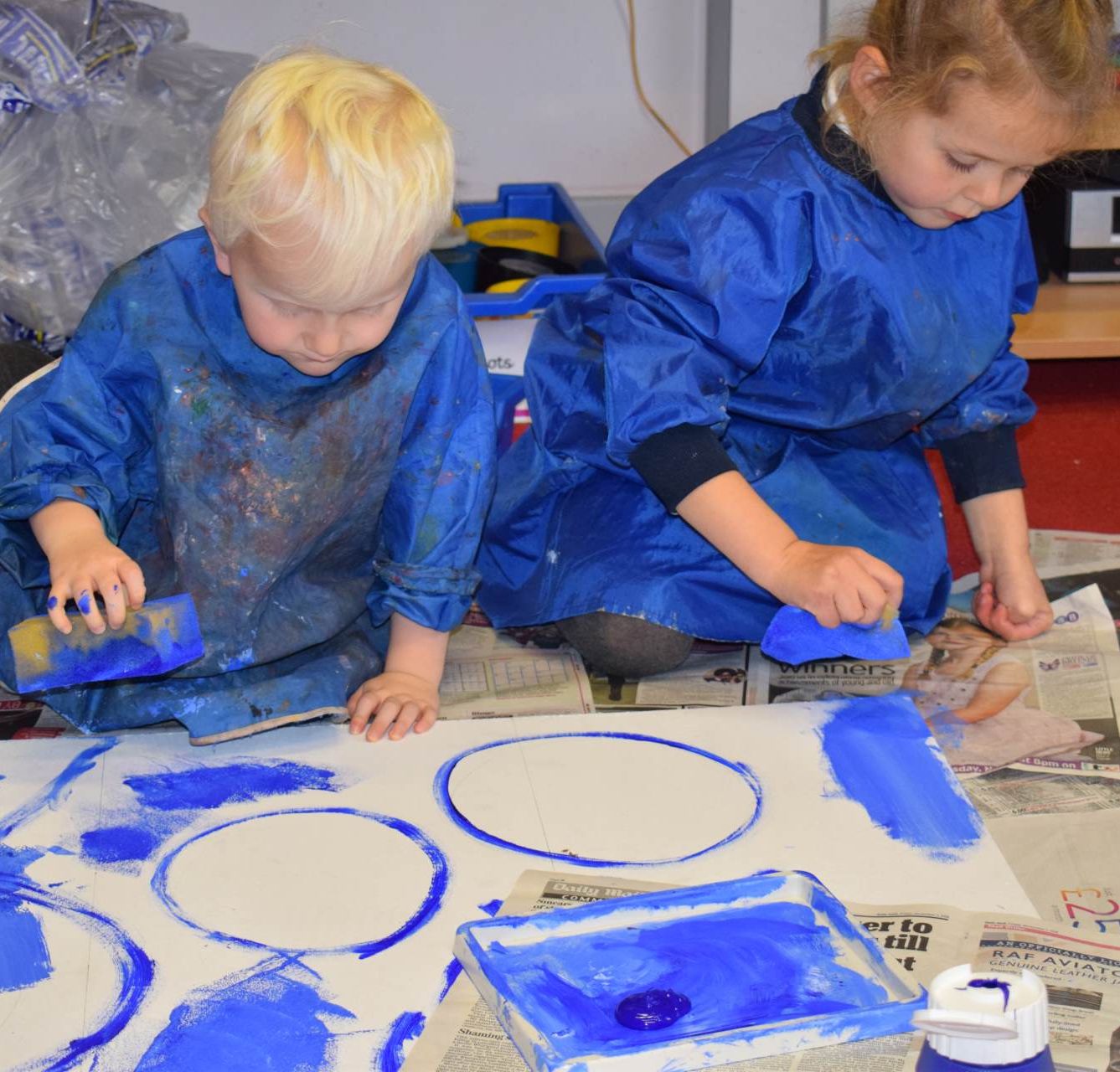 |
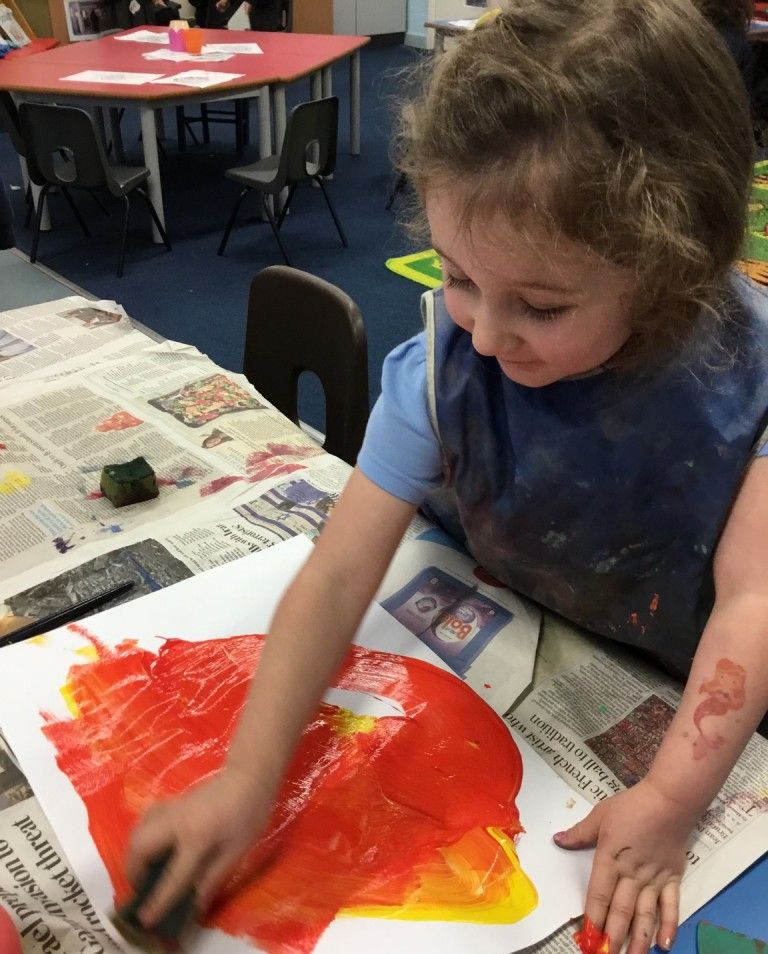 |
 |
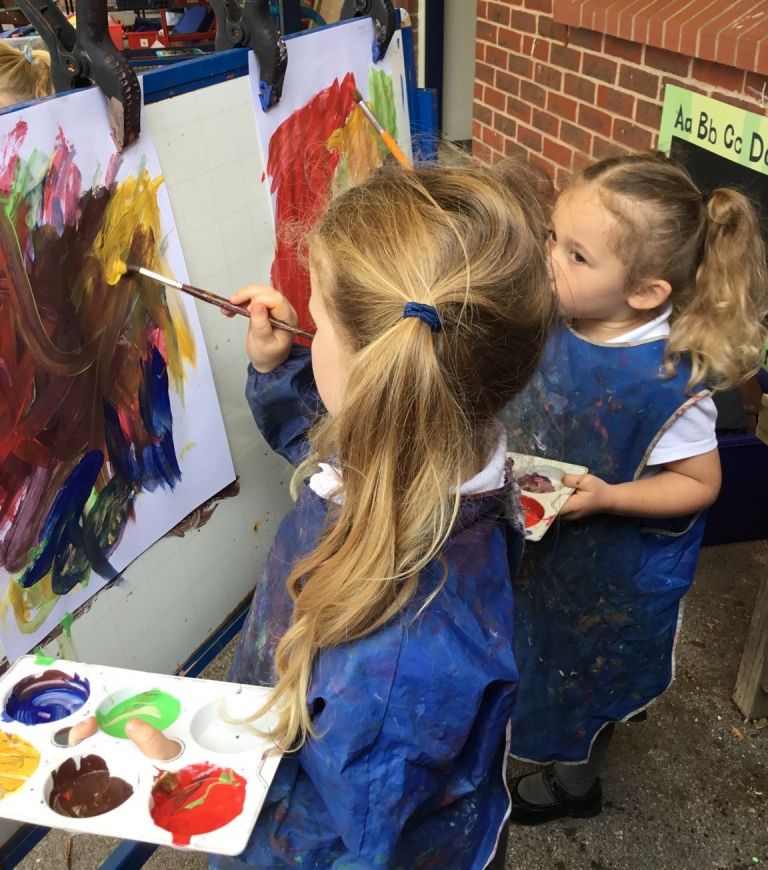 |
 |
Implementation
Art is taught at All Cannings both discreetly, and alongside other subjects as part of topics. A rich and diverse range of local and global artists are used to inspire the children. These help them reflect on the style and techniques the artist has used, to question why these choices have been made, and to learn how to apply these techniques in their own work. We utilise the natural resources and expertise in our area, by inviting artists in to share their knowledge and work, and visiting venues such as museums, galleries and sculpture parks.
We begin in the Early Years by incorporating art and design into our daily continuous provision, where the children select their own resources with which to create their artwork. Throughout EYFS, KS1 and KS2, children are provided with a wide range of activities that develop their artistic skills through discreet lessons, and activities linked to topic work, in order to become proficient in drawing, painting, sculpture, digital art and craft and design.
The development of technique and appropriate vocabulary occurs throughout the process.
Drawing
- Use a variety of drawing tools to explore textures, patterns and lines.
- Draw from close observation working on a variety of scales.
- Learn the concept of perspective and the effect of light on objects.
- Use digital media to create drawings.
- Study drawings by famous artists.
Colour
- Experiment with primary colours, mix to create secondary colours and use a variety of tools to mark make.
- Interpret an object through painting, and explore how colours link to emotions and weather.
- Learn how to create tints, tone and shade to create depth in a painting.
- Explore the use of texture in colour through applying paint using different techniques.
- Observe the paintings of significant artists, expressing preferences for different styles and learning how to apply their techniques in our own work.
Texture and form
- Handle, manipulate and enjoy using different materials.
- Learn how to create collages, weave, and model 3D shapes.
- Develop an awareness of natural and manmade forms, and create shape and form from close observation.
- Convert a 2D drawing into a 3D shape.
- Discuss and evaluate the work of other sculptors.
- Work collaboratively on a larger scale.
Printing
- Learn how to make rubbings.
- Print with a variety of objects and create patterns.
- Identify different forms of print.
- Examine manmade and environmental patterns and create an accurate print design.
- Overprint using different colours and positive and negative prints.
- Discuss and evaluate prints created by artists such as Andy Warhol, and Dan Mather.
Pattern
- Identify and create repeating patterns, and learn to recognise symmetry.
- Look for patterns in nature and the environment, and identify whether they are natural or manmade.
- Create an abstract pattern to reflect and express personal experiences.
- Evaluate patterns created by notable artists such as Joan Miro and Bridget Riley.
Digital Media
- Use images taken with a digital camera to combine with other media to create an artwork.
- Use zoom to show an object in detail before drawing a specific part of it.
- Take photographs from unusual and thought provoking viewpoints and explain the creative vision.
- Scan an image and use software to alter/adapt it to create work with meaning.
- Explore the work of artists who have developed their use of digital imagery, such as David Hockney and Stephen Hockney.
- Learn how photographs were used to express different people’s experience of living through the pandemic, by exploring the ‘Hold Still Exhibition’ displayed at the National Gallery.
The development of technique and appropriate vocabulary occurs throughout the process.
The following personal characteristics underpin our learning in Art and our development of the children as artists:
- The ability to use visual language skilfully and convincingly (for example, line, shape, pattern, colour, texture, form) to express emotions, interpret observations, convey insights and accentuate their individuality.
- The ability to communicate fluently in visual and tactile form.
- The ability to draw confidently and adventurously from observation, memory and imagination.
- The ability to explore and invent marks, develop and deconstruct ideas and communicate perceptively and powerfully through purposeful drawing in 2D, 3D or digital media. An impressive knowledge and understanding of other artists, craft makers and designers.
- The ability to think and act like creative practitioners by using their knowledge and understanding to inform, inspire and interpret ideas, observations and feelings. Independence, initiative and originality which they can use to develop their creativity.
- The ability to select and use materials, processes and techniques skilfully and inventively to realise intentions and capitalise on the unexpected. The ability to reflect on, analyse and critically evaluate their own work and that of others.
- A passion for and a commitment to the subject.
Art 2022-23
Impact
Through producing their own work, children learn to understand the value of all parts of the creative process, not just the finished piece. By doing this, and studying the work of others, our children develop both a personal appreciation and an understanding of how art has an influence on all of our lives. Their ideas and work demonstrate creativity, technique and personal pride and ensures that they recognise the value of art. When leaving us in Year Six, our pupils are equipped with not only the minimum statutory requirements of the Art National Curriculum, but are well prepared for the artistic opportunities and challenges they will encounter throughout their school career, and in later life.
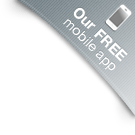


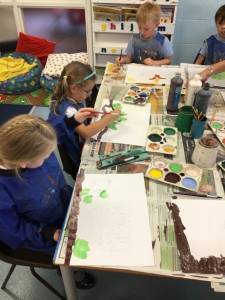

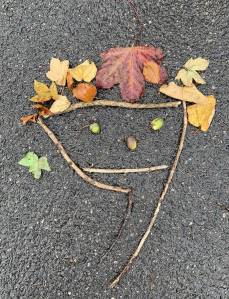


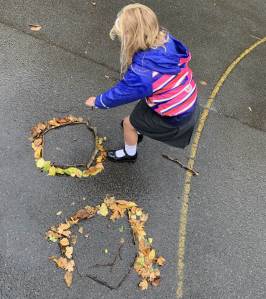
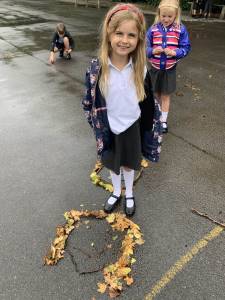
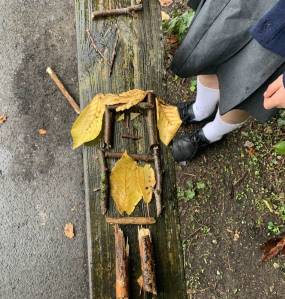
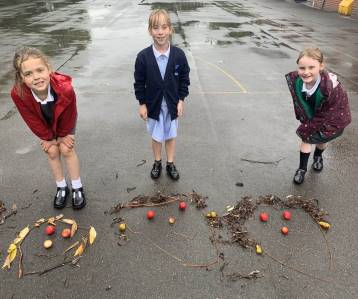
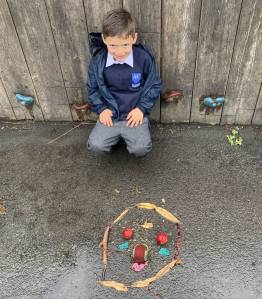
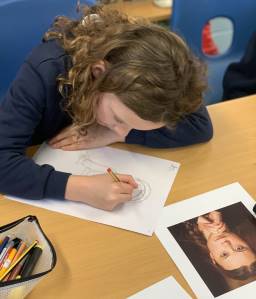
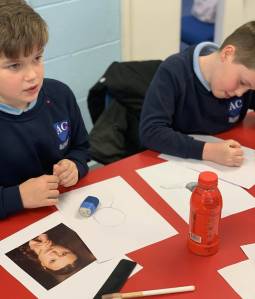

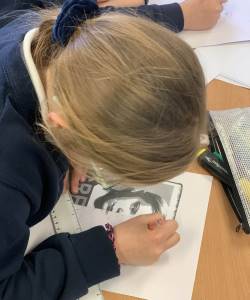
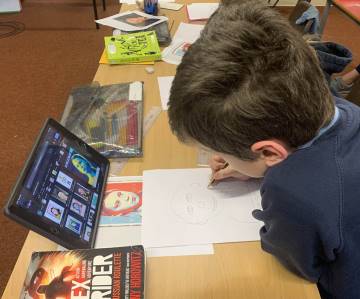

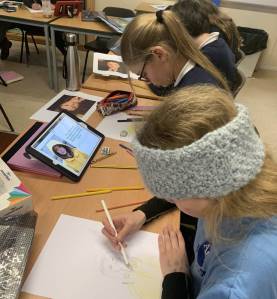
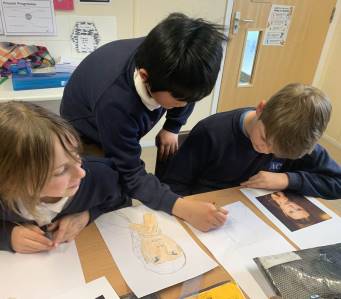
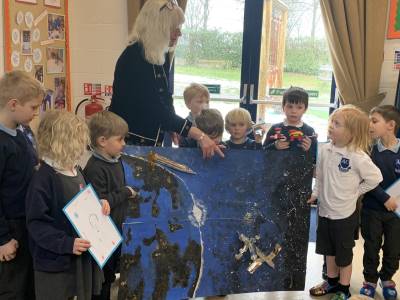
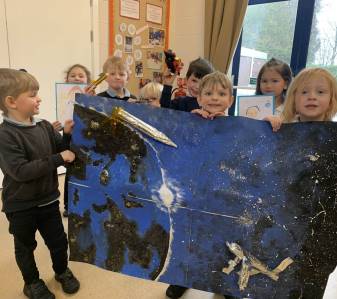
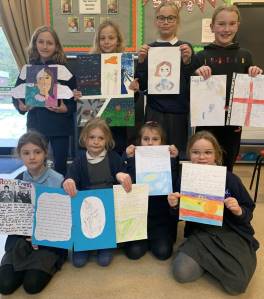
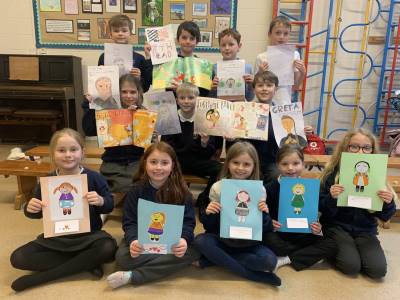
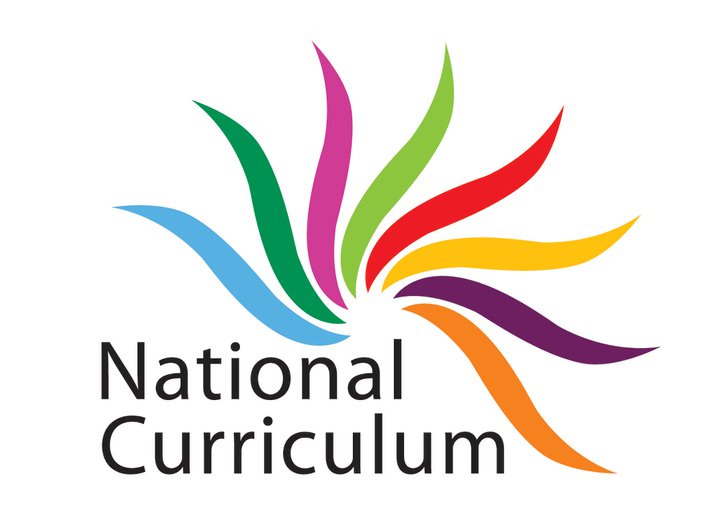
Close